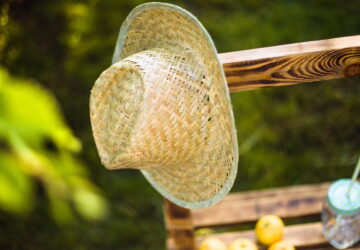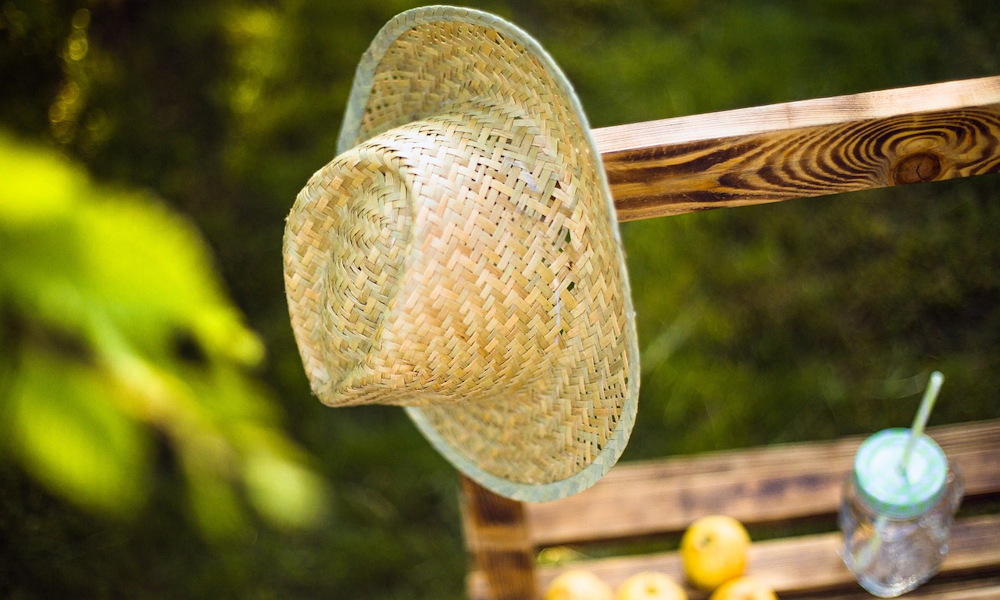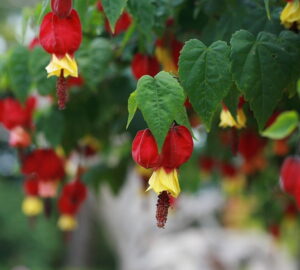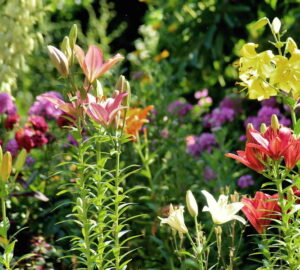It seems that we gardeners have to get used to hot, dry summers. In recent years, African-like weather has become the new normal in many temperate countries. The gardening season now starts earlier in the spring, and even in November there is still plenty to do, “thanks” to the climate crisis.
In addition to enduring weeks without rain and extreme drought, we are constantly dealing with heat waves. The soil becomes rock hard and cracked, the grass burns, and plants wither and languish. Spring brings frost damage, while autumn offers fruit trees with scant harvests.
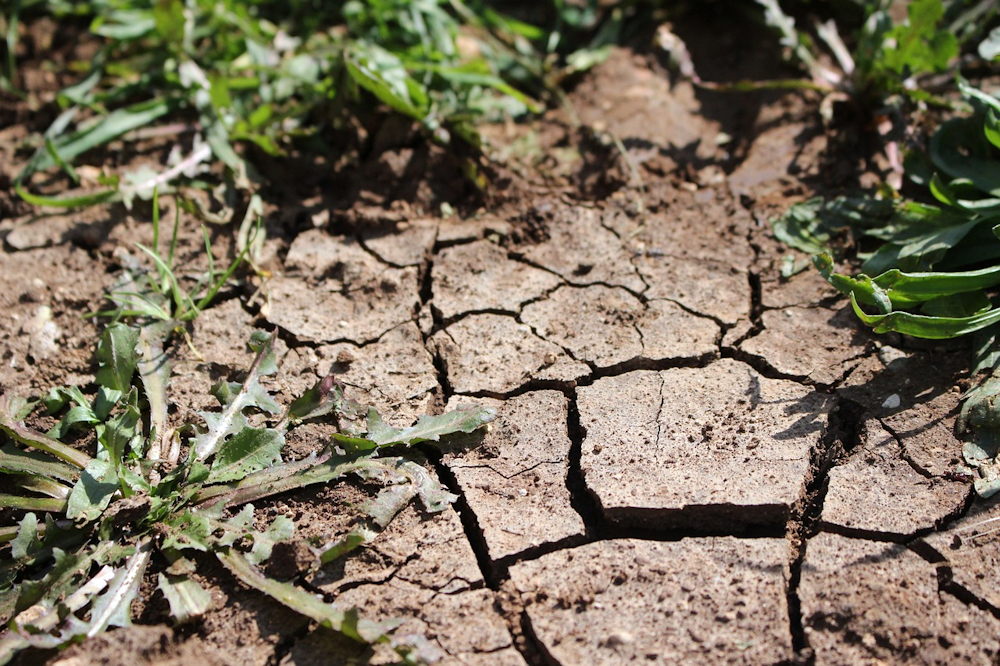
It is clear that gardeners should strive to create more sustainable gardens that adapt to the changing climate. Instead of maintaining lawns that require copious watering, we need to select plants that can withstand drought and heat.
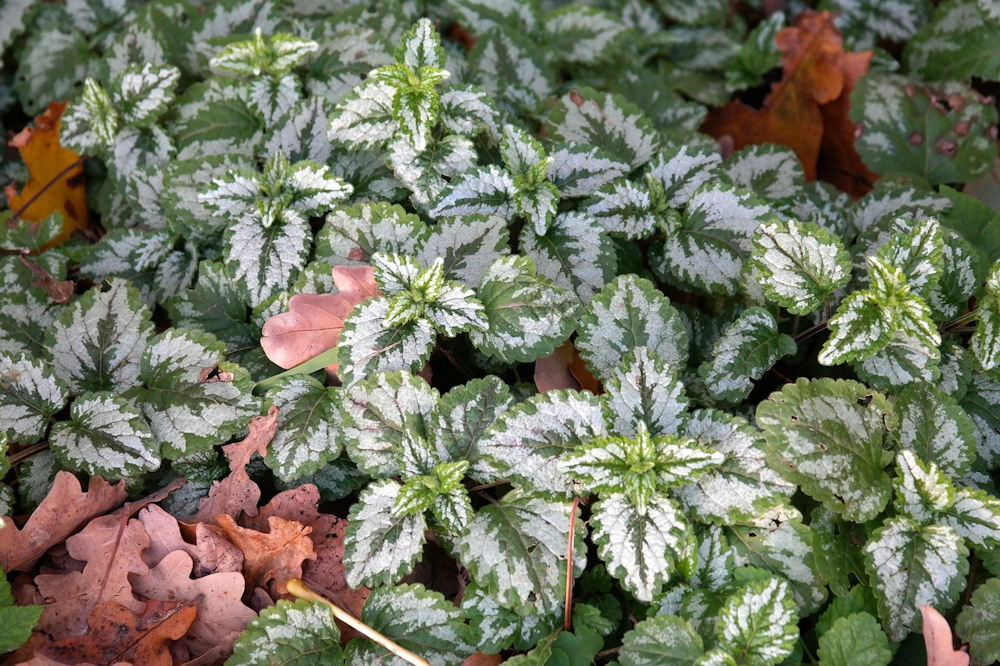
Let’s explore how you can prepare your garden for hot summers, beyond choosing the right plants.
1. Optimize Soil Moisture: Utilize Ground Cover Plants
One of the most important rules is to reduce evaporation in the garden; the more bare surface, the more moisture is lost. Water retention in the garden is achievable in several ways. Above all, grow ground cover plants that form a thick, dense carpet, including perennials and shrubs. Suitable ground cover plants for both shady and sunny areas include:
- Barren strawberry (Waldsteinia fragarioides)
- Barrenwort (Bishop’s Hat) (Epimedium spp.)
- Catnip (Nepeta cataria)
- Ground cover roses (Rosa spp.)
- Himalayan knotweed (Persicaria affinis)
- Irish moss (Sagina subulata)
- Japanese pachysandra (Pachysandra terminalis)
- Lesser calamint (Calamintha nepeta)
- Stonecrop (Sedum spp.)
- Creeping thyme (Thymus serpyllum)
- Lamb’s ear (Stachys byzantina)
- Periwinkle (Vinca minor)
- Woolly yarrow (Achillea tomentosa)
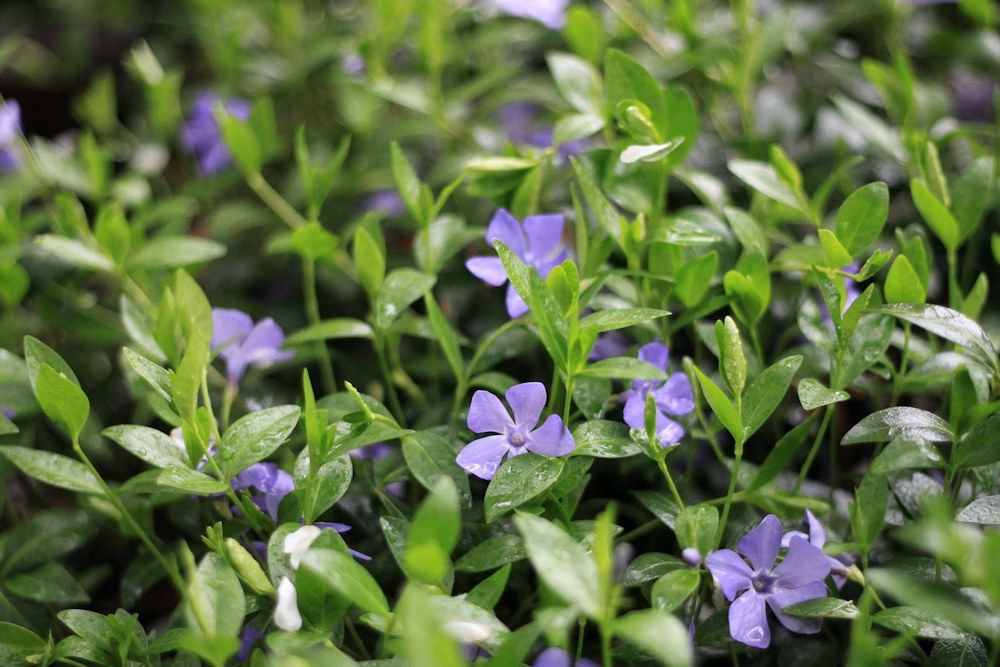
2. Conserve Water with Effective Mulching
Mulching helps conserve soil moisture. Spread cut grass, leaves, branches, cuttings, or straw in the beds. Garden paths can be covered with non-slippery material. Bark mulch and wood shavings provide a natural look.
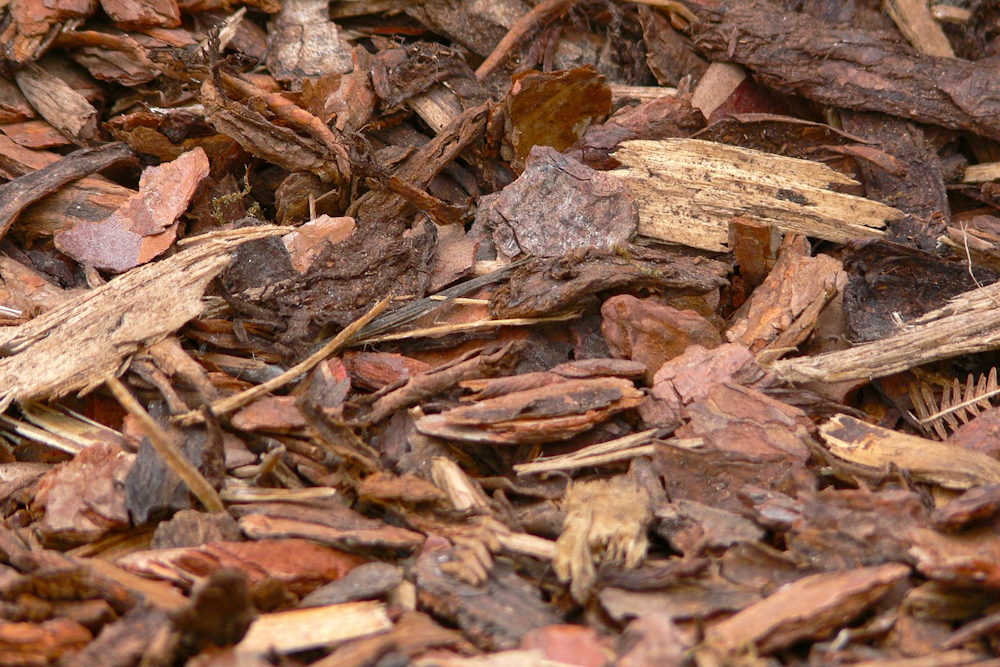
For a firmer subsoil, paved areas should be permeable, using porous water-permeable pavement or leaving wider gaps between paving slabs and stones to allow rainwater to seep into the soil.
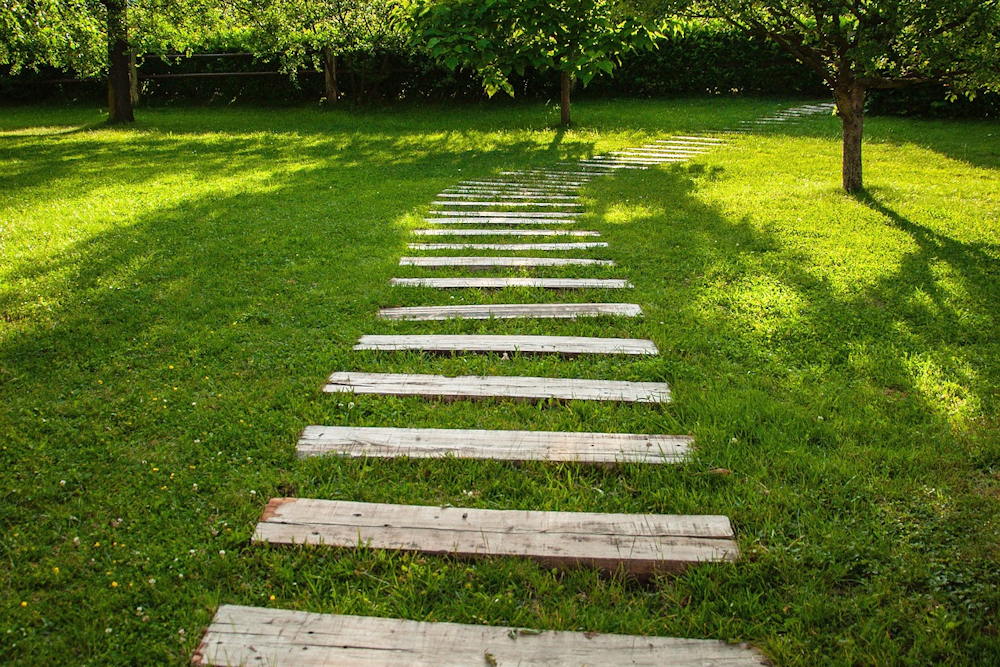
3. Create Shade with Hedges, Trees, and Bushes
Protect your garden against extreme heat by shading sunny areas with trees, hedges, and bushes. Plants such as European hornbeam, hop-hornbeam, hedge maple, wild service tree, elm, and serviceberry tolerate drought better than many other species. Fruit trees also provide shade. While apple trees prefer cooler weather, pears, apricots, peaches, and quinces thrive in warmer conditions. Netting spread over smaller trees can protect against frost damage in spring and sunburn in summer.
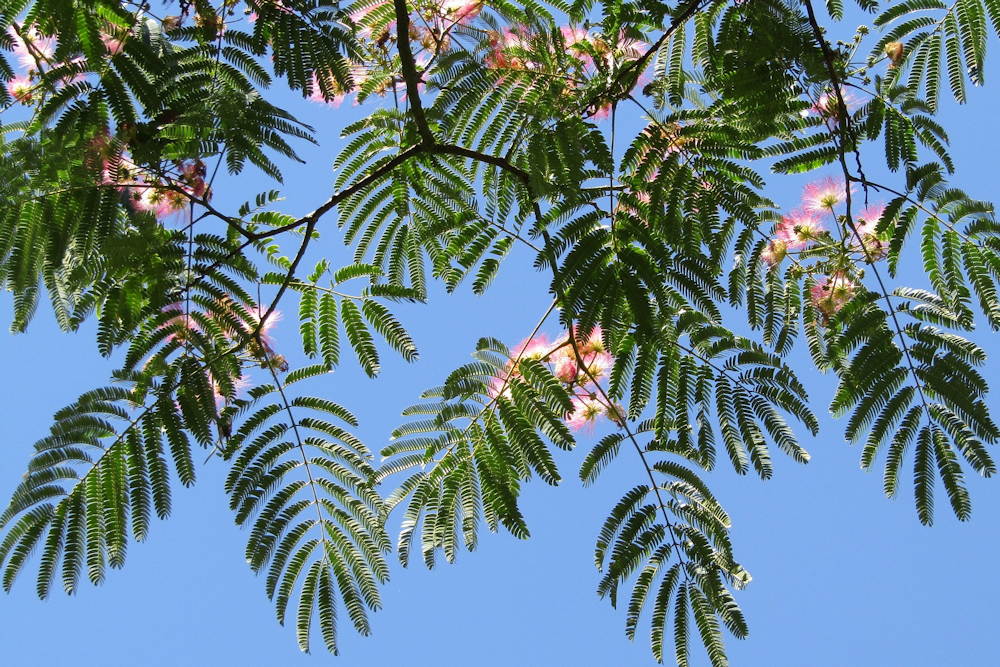
4. Harness Rainwater: Collection and Storage Tips
Install underground water tanks, rain barrels, or small water streams starting from the gutter to provide valuable irrigation water and cooling for the garden. Small drainage ditches made of gravel can also absorb, retain, and transmit rainwater effectively.
5. Enhance Soil Quality with Organic Matter
Enhance your soil’s water retention capabilities by adding organic matter such as compost, well-rotted manure, or leaf mold. Organic matter improves soil structure, allowing it to hold more moisture and nutrients. Regularly incorporating these materials into your garden beds can make a significant difference in their ability to withstand dry conditions.
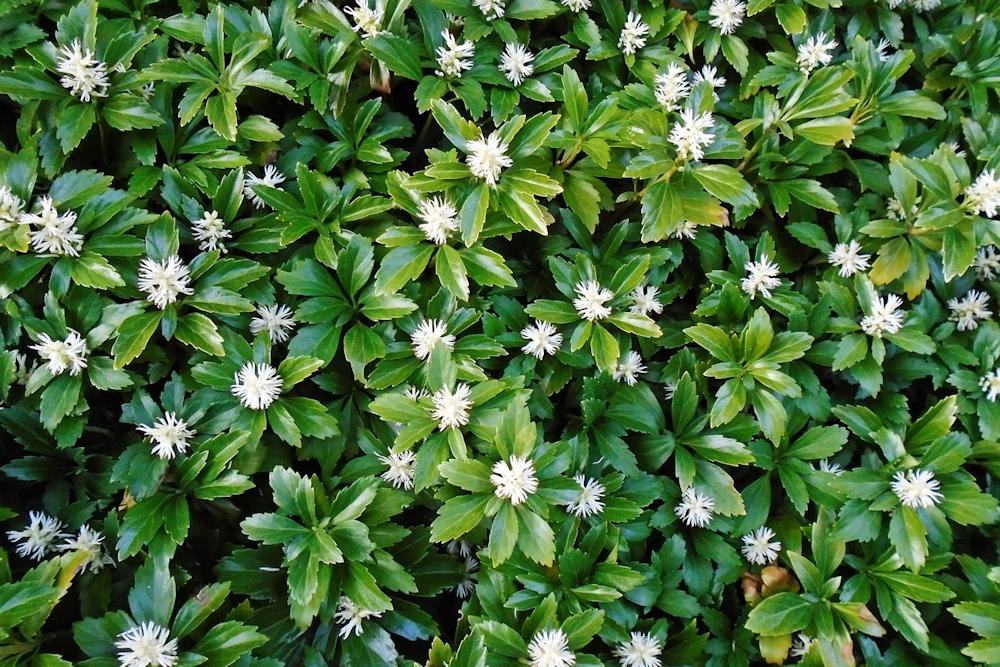
6. Choose Drought-Resistant Plants
Select plants that are naturally adapted to dry conditions. Some excellent drought-resistant choices include lavender, rosemary, sage, yarrow, and succulents like agave and aloe. Native plants are also a great option as they are usually well-adapted to the local climate and soil conditions.

7. Install Drip Irrigation
Consider installing a drip irrigation system to deliver water directly to the roots of your plants. This method is highly efficient, reducing water waste and ensuring that plants get the moisture they need even during the hottest days. Drip irrigation systems can be set up with timers to ensure consistent watering, further conserving water resources.

Adapting your garden to withstand hot, dry summers is not only a smart strategy but a necessary one in our changing climate. By using ground cover plants, mulching, planting shade-giving trees, collecting rainwater, improving soil with organic matter, choosing drought-resistant plants, and installing drip irrigation, you can create a resilient and sustainable garden that thrives even in the harshest conditions. Embrace these practices to ensure your garden remains a lush and vibrant oasis year-round.
